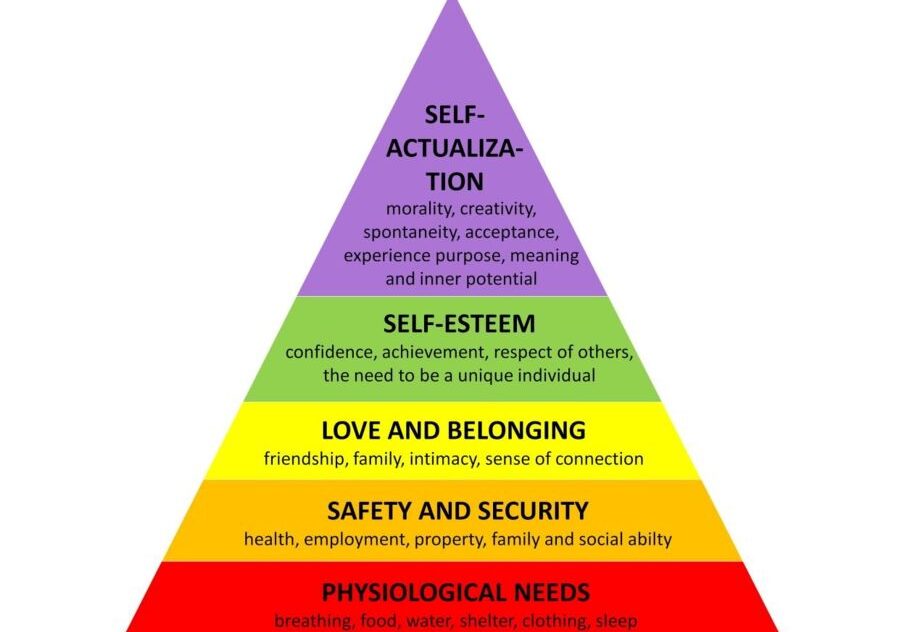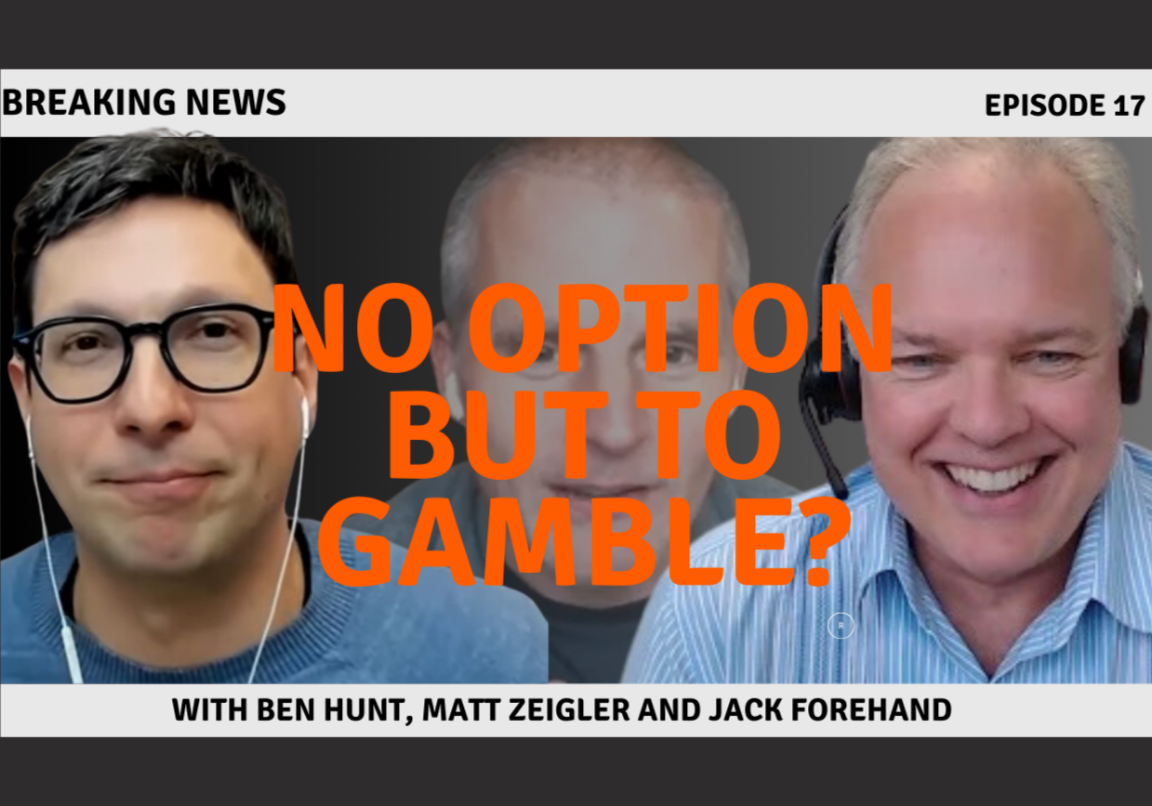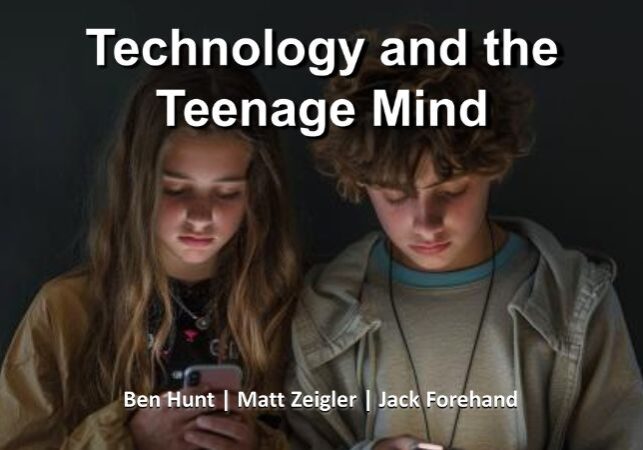The Fujiwhara Effect
To learn more about Epsilon Theory and be notified when we release new content sign up here. You’ll receive an email every week and your information will never be shared with anyone else.
Continue the discussion at the Epsilon Theory Forum
1 more reply
The Latest From Epsilon Theory
This commentary is being provided to you as general information only and should not be taken as investment advice. The opinions expressed in these materials represent the personal views of the author(s). It is not investment research or a research recommendation, as it does not constitute substantive research or analysis. Any action that you take as a result of information contained in this document is ultimately your responsibility. Epsilon Theory will not accept liability for any loss or damage, including without limitation to any loss of profit, which may arise directly or indirectly from use of or reliance on such information. Consult your investment advisor before making any investment decisions. It must be noted, that no one can accurately predict the future of the market with certainty or guarantee future investment performance. Past performance is not a guarantee of future results.
Statements in this communication are forward-looking statements. The forward-looking statements and other views expressed herein are as of the date of this publication. Actual future results or occurrences may differ significantly from those anticipated in any forward-looking statements, and there is no guarantee that any predictions will come to pass. The views expressed herein are subject to change at any time, due to numerous market and other factors. Epsilon Theory disclaims any obligation to update publicly or revise any forward-looking statements or views expressed herein. This information is neither an offer to sell nor a solicitation of any offer to buy any securities. This commentary has been prepared without regard to the individual financial circumstances and objectives of persons who receive it. Epsilon Theory recommends that investors independently evaluate particular investments and strategies, and encourages investors to seek the advice of a financial advisor. The appropriateness of a particular investment or strategy will depend on an investor’s individual circumstances and objectives.









Was curious about:
“The scores are normalized against our typical expectations for an election topic’s narrative strength. A score of 1 means we think that topic exerts influence that is higher than only 10% of comparable topics. A score of 10 means the topic exerts influence that is higher than just about any we have observed.”
Do the scores require a judgment on your part, or are they part of some sort of model you’ve produced? I would ask you how it’s created but I’m guessing it’s proprietary, or available only to the pros? Just asking out of idle curiosity.
No judgment, except in the judgment for assigning methods and parameters to the model. Fortunately there isn’t much judgment there, either, nor methodology to explain. The normalized scores are literally measured in deciles against historical observations of the values.
Ah, OK. Thanks.
The conclusion—no matter what happens half the country is going to be suspicious and outraged—is sort of the ultimate ‘lol nothing matters’ moment, isn’t it? This is the ‘it gets a lot worse before it gets better’ that we’ve been expecting.
I think that’s right. I don’t see what we’re written here as much predicting a storm as reporting that it’s here.
Am I the only one who sees the desperation in a tweet like the one this morning “They are not Covid sanitized.”? I’ve said often lately, that this election has some scary outcomes, but it also feels like DT is getting more and more desperate, which can’t be good for “ratings”. Not sure what the October surprise will be, but if we have a president who believes he needs a “Hail Mary” to keep his title…
This is a really fair point that I’ve gone back and forth on - and yet I think the answer is no. You got me thinking enough to inspire another brief that will probably come out later today or tomorrow. Thanks, Carl!
This topic has been on my mind since reading this article a couple of days ago. It seems that the only thing certain about the upcoming election is the fact that almost half the country will see the result as false and it will be contested. Given the current environment I think that will lead to extreme social unrest. There is potential for both peaceful protests AND riots that dwarf anything we’ve seen recently.
Are you seeing anything in the narrative world around how people should/will react to a win by one side or the other? I’m curious how bad this could get.
Good stuff Rusty, two things on my mind here, separate posts. First one is I dove into this thinking it was Ben writing (usually your styles are certainly distinctive but somehow I missed it on this one). When I got to the part about ‘one of these intents is worse than the other but I’ll leave you to judge’ I was quick to assume I knew what Ben thought was worse. Then I realized it was you writing and it was a bit jarring to go back and re-evaluate that section in light of my own assumptions. Still not sure which you may think is the worse intent lol. Not too important I just found my sequence of reactions/assumptions mildly interesting. The overlaps/contrasts between you and Ben are always one of the most enjoyable parts of the blog.
Second thought is the timeliness and perfect relevance to something I commented about on FB the other day. Not sure how many people here are Neal Stephenson fans but I read his most recent book “Fall” last year and it is one of my favorites of all time, complex blending of themes and no way to easily summarize but it has a small element that is a beautiful/scary/compelling foreshadowing that is perfect example of your Fujiwhara Effect (excellent theme blending btw). So perfect I wonder if the #RememberMoab thing has even been used already on ET and I’ve forgotten (apologies if so!). Here is what I wrote in my FB comment on 8/20:
In the book a small group organizes a massive hoax…they plant a few people on an airplane who report seeing a huge explosion as they fly over remote Utah. A few select social media accounts post pictures of a mushroom cloud over Moab, Utah, and the media runs with it, reporting a nuclear explosion. By the time some begin to recognize it is a hoax it is too late, the story has spread and while many more soon realize it was a hoax, many others continue to believe for years that it really happened and the hoax claims are just government cover-up. Years later the US remains largely splintered into these factions. The cover up peeps use #RememberMoab as a rallying cry years and years after the fact. We may already be living a good analogue of this story now, but if not then I expect it will come one day or another.